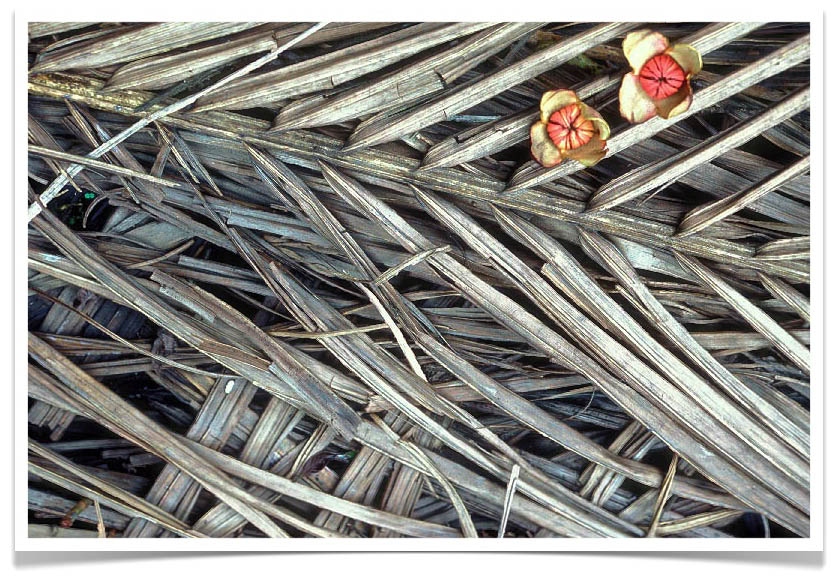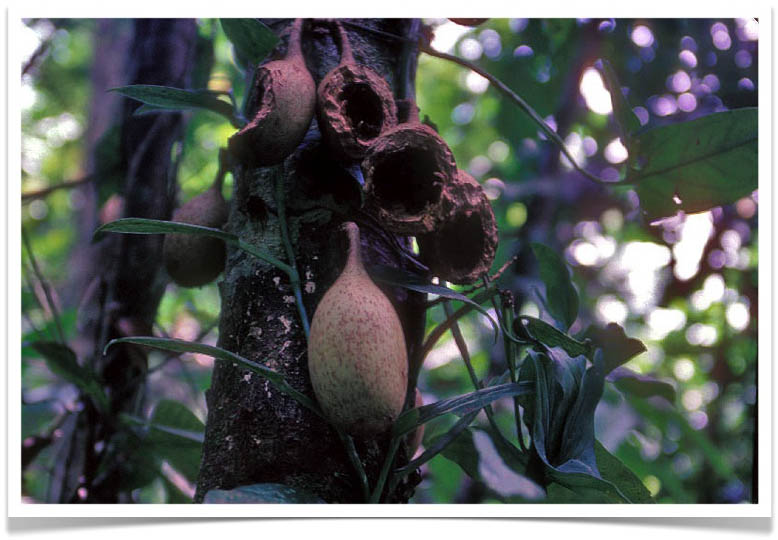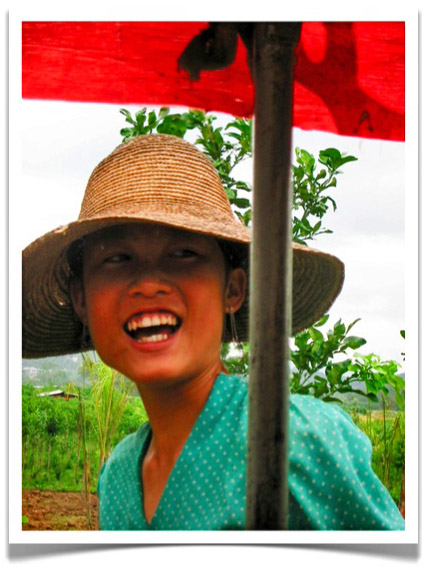
As part of the PNG ecoforestry project, we set up a small sawmill in the town of Kikori to process timber harvested from local flooded forests. The forests along this part of the Kikori River are tidal, and they flood - and drain - every day with the tides. Landowners who wanted to sell their timber to the mill were required to go through a training program where they learned the basics of sustainable forestry, inventory the forests they wanted to harvest, and write a detailed management plan. Participating communities were given lots of technical assistance as they struggled with these tasks.
A group of landowners showed up at the mill one day and said they wanted to join the project. I looked at a map and discovered that their community was located way downriver in the Kikori estuary. When I asked them if they had a boat to pull logs, they shook their heads. I had serious doubts about their ability to get sawlogs to the mill, and I was reluctant to commit to the training and inventory work if neither the mill nor the community would ever benefit. As a compromise, I suggested that they go back to their village and fell some trees, and if they were able to get the logs to Kikori somehow, the project would be happy to collaborate with them. And I promptly forgot about the whole incident.
Two weeks later, the group came back to Kikori. They had gone back to their village, felled a few trees, and tied them together into rafts. They floated up the Kikori River as far as they could each day with the rising tide, and when the tide started to fall, they tied up next to the bank and waited for the river to start rising again the next morning. It took them five days to get to Kikori, sleeping on top of their logs. We gave them a bite to eat and enthusiastically welcomed them to the project. [NOTE: We rented a boat to bring their next load of logs to the mill].
 Thursday, January 15, 2009 at 11:26AM
Thursday, January 15, 2009 at 11:26AM 












